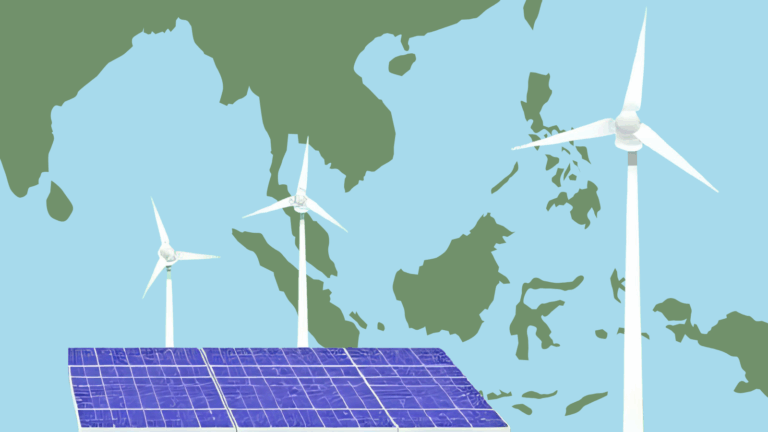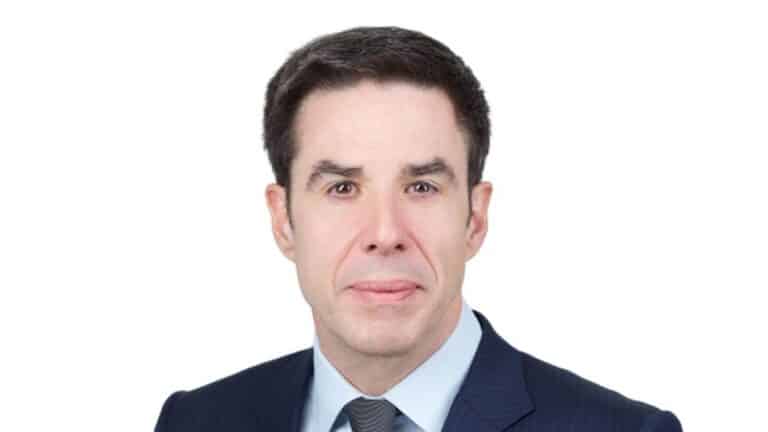This website uses cookies as well as similar tools and technologies to understand visitors’ experiences. By continuing to use this website, you consent to Columbia University’s usage of cookies and similar technologies, in accordance with the Columbia University Website Cookie Notice.
This issue brief, authored by Richard Nephew, Program Director for Economic Statecraft, Sanctions and Energy Markets at the Center on Global Energy Policy, examines the recent history of Iran oil sanctions and seeks to draw lessons for their renewed application. Nephew is a former director for Iran at the U.S. National Security Council and was a member of the U.S. nuclear negotiating team with Iran from August 2013 to December 2014. The views expressed here are his own.
The executive summary is below and you can download and read the full brief here (pdf).
***
Sanctions imposed by the United States and its partners against Iran’s oil sector have had a major impact in debilitating both the sector itself and the broader economy. It is likely that this sector will be the target of additional pressure should the international sanctions campaign against Iran be renewed in full.
Leaving aside the current political debate over whether new US sanctions should be imposed on Iran or threatened in law at this moment in time, it is critical to consider what impact such sanctions would actually have on Iran, Iran’s customers, and oil markets in general. Though some argue that the United States could re-create its success from 2012–2013 in imposing high costs on Iran, this is not guaranteed, and changes in oil markets, the international environment more generally, and Iran’s response to sanctions pressure will have a bearing on both the effect of more sanctions and their utility.
This briefing examines the recent history of Iran oil sanctions and seeks to draw lessons for their renewed application to date. In short, I find:
- It may be possible to achieve steeper cuts in Iran’s oil exports in the event of a renewed sanctions campaign following a collapse in ongoing nuclear negotiations between Iran and the members of the P5+1 (China, France, Germany, Russia, the United Kingdom, and the United States, coordinated by the European Union).
- Steeper cuts would be predicated both on the continued oversupply of oil markets from non-Iranian sources and the collapse of the process being blamed on Iran (or, at a minimum, not definitively blamed on the P5+1).
- However, the overall impact on Iran from both the economic and political perspectives may be less than anticipated by its advocates because of the resiliency of the Iranian economy, its diversified export sectors, the low price of oil and relatively high value of non-oil exports to Iran, and the restricted cash reserve that sanctions have forced Iran to build abroad.
- Given this, as well as Iran’s usual “resistance” approach to international pressure and general readiness to advance its nuclear program in response to new sanctions, an appropriate sanctions approach to take would require both a broader and a deeper reach into the Iranian economy. Still, such an effort would be—in effect—a bet being laid by the P5+1, in general, and by the United States, in particular, that Iran’s response would—in time—be positive in the face of additional pressure. This cannot be guaranteed and is, at best, speculation by all sides of the debate.
Relevant
Publications
How to Win the Economic War with China
President Donald Trump’s impulsive, go-it-alone approach is uniquely ill-suited to the long-term and cross-cutting nature of the challenge that China poses.

Climate Leadership Opportunities for Brazil at COP30
As the host of COP30, Brazil has an unprecedented platform to demonstrate its climate leadership.

US-China Trade Tensions and Clean Energy Investment in Third Countries: Implications for US Policymakers
The global clean energy economy today looks starkly different than it did even 10 years ago. Not only have production and deployment of clean energy technologies expanded significantly, the geographic distribution of clean energy manufacturers, resellers, and end-users has shifted dramatically.



